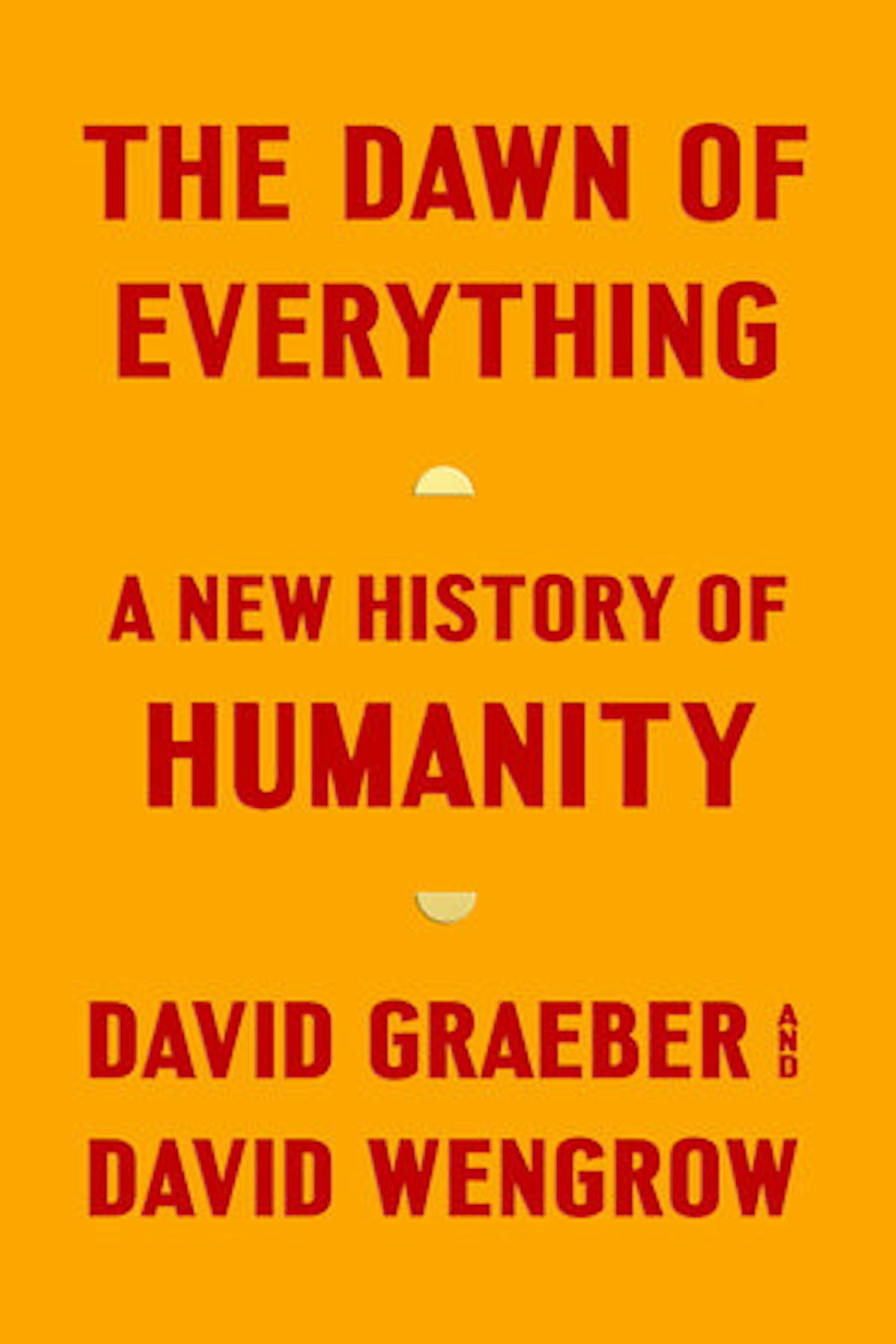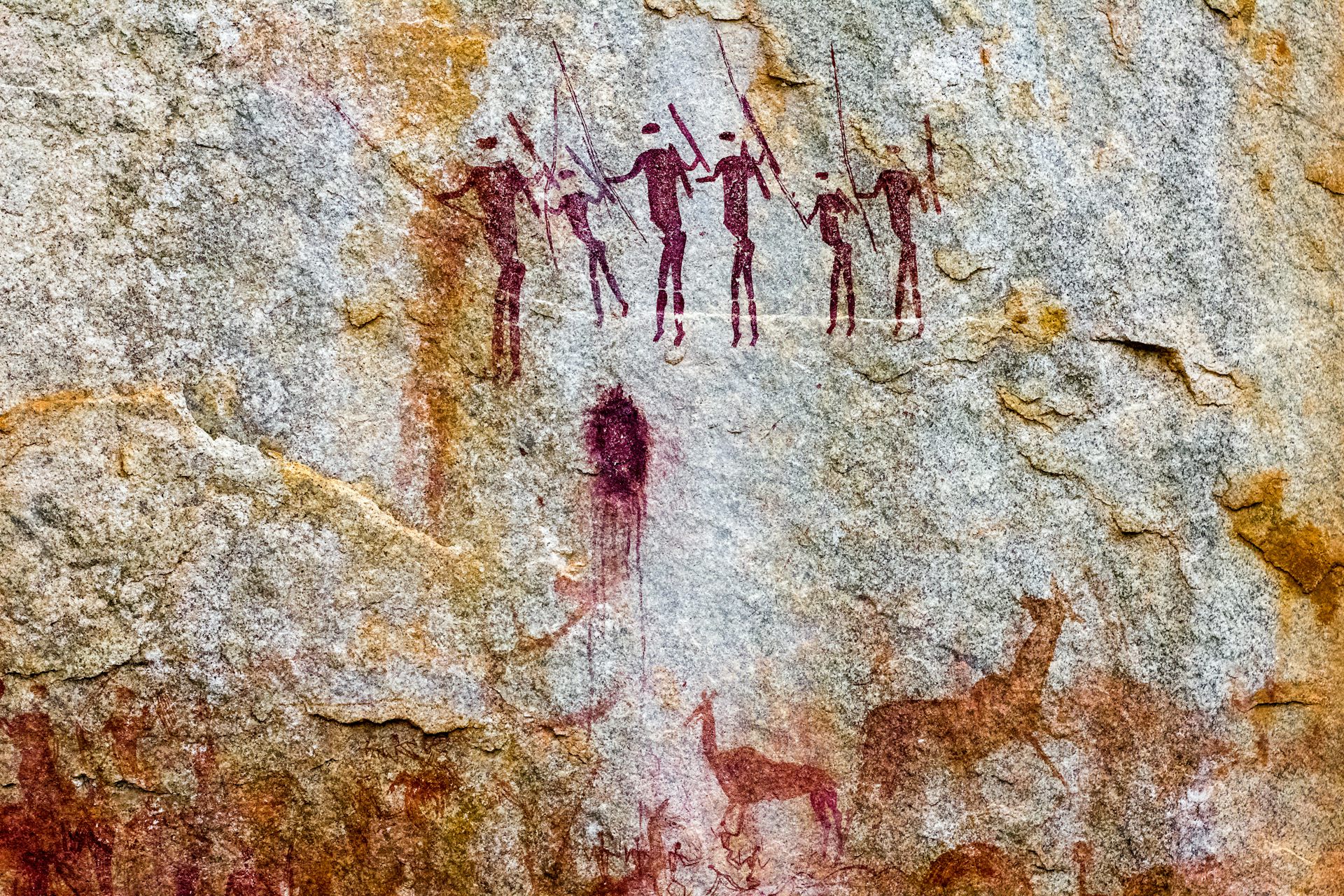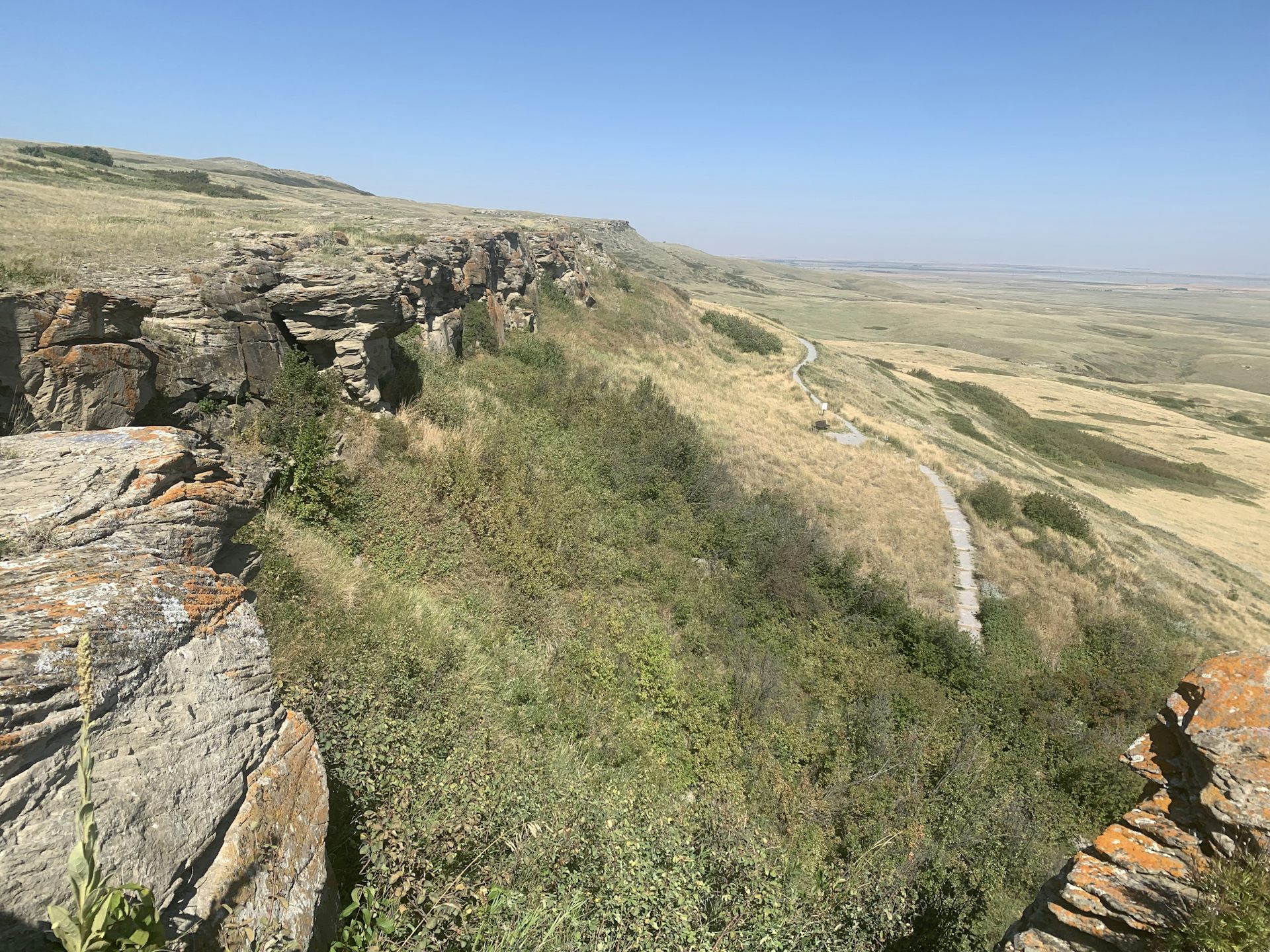This, of course, is exactly what we should expect from an understanding of evolution and how it works over a large range and diverse geography.
And now, it seems the simplistic model of human cultural evolution from 'savage', through hunter-gatherer, to pastoralist and settled agriculturalist may be wrong and the reality was as confused as that of our physical evolution. This really isn't surprising, as cultural development is just as much an evolutionary process as is physical evolution.
Creationists, who must subscribe to the Bronze Age mythology in the Bible and Qur'an and so shun learning and reason, will probably find this difficult to comprehend because, while the mythmakers appreciated that they needed stories to explain theirs and other animal's origins, and even the origin of Earth itself, they were ignorant of the sociology of human cultures, other than of language.
There is the idiotic attempt to explain the origin of language with the 'Tower of Babel' myth, but cultures were simply assumed to be the primitive warring Middle Eastern tribal cultures that much of the Old Testament concerns itself with, with no attempt to explain their origins. The mythmakers knew nothing else, so assumed human culture had always been as they found it, complete with misogyny, slavery, a hierarchy of priests and irascible and vindictive, brutal ruling despots, and religious rituals to appease gods who closely resembled those ruling despots, and simply set their tales in that culture.
The view of a linear progression of human cultural development is now being challenged however, with evidence that palaeolithic cultures were as diverse as palaeolithic people.
In the following article, reprinted from The Conversation under a Creative commons license with reformatting for stylistic consistency, Vivek V. Venkataraman, Assistant Professor of Anthropology and Archaeology at the University of Calgary, Alberta, Canada argues that we need to revise our understanding of the evolution of human culture, in today's political climate of increasing inequality, political polarization, and climate change to understand what cultures are possible in the future. The original article can be read here.

The origins of human society are more complex than we thought

During the Ice Age, hunter-gatherer societies built sedentary
settlements.
Credit: Shutterstock
Vivek V. Venkataraman, University of Calgary
In many popular accounts of human prehistory, civilization emerged in a linear fashion. Our ancestors started as Paleolithic hunter-gatherers living in small, nomadic and egalitarian bands. Later, they discovered farming and domesticated animals for food and service.
Before long, they progressed to complex societies and the beginnings of the modern nation-state. Social hierarchies became more complex, leading to our current state of affairs.
“We are well and truly stuck and there is really no escape from the institutional cages we’ve made for ourselves,” writes historian Yuval Noah Harari in his bestselling Sapiens.
A new book — The Dawn of Everything by late anthropologist David Graeber and archaeologist David Wengrow — challenges this narrative. Rather than being nomadic hunter-gatherers, they argue human societies during the Palaeolithic were, in fact, quite diverse.
Today, increasing inequality, polarized political systems and climate change threaten our very existence. We need a deeper historical perspective on what kind of political world shaped us, and what kinds are possible today.
Social flexibility

In ‘The Dawn of Everything,’ Graeber and Wengrow make the claim that
Palaeolithic human societies were quite diverse.
In Ukraine, 4,000 year-old cities show little evidence of hierarchy or centralized control. And in modern times, hunter-gatherers shift between hierarchy and equality, depending on the season.
To Graeber and Wengrow, these examples speak to the virtually unlimited social flexibility of humans, undermining Harari’s dark assessment about the possibility for social change in the modern world.
As an evolutionary anthropologist and hunter-gatherer specialist, I believe both accounts miss the mark about the course of human prehistory. To see why, it is important to understand how anthropologists today think about nomadic egalitarian bands in the scheme of social evolution.
Human social evolution
In the 19th-century, anthropologists like Lewis Henry Morgan categorized human social evolution into three stages: savagery, barbarism and civilization. These correspond to hunting and gathering, farming and urban life, respectively. These so-called “stage models” incorrectly view social evolution as a steady march of progress toward civilized life.
Scholars do not take stage models seriously today. There is little intellectual connection between stage models and modern evolutionary approaches toward studying hunter-gatherers.
Anthropologists developed the nomadic-egalitarian band model during a 1966 conference called Man the Hunter. According to this model, humans, prior to agriculture, lived in isolated nomadic bands of approximately 25 people and subsisted entirely on hunting and gathering.
Research since Man the Hunter has updated our understanding of hunter-gatherers.

Hunter-gatherer rock art paintings in the Vumba Mountain Range in Manica,
Mozambique.
Credit: Shutterstock
One assumption was that small bands consist of related individuals. In fact, band societies consist of mostly unrelated individuals. And anthropologists now know that hunter-gatherer bands are not closed social units. Rather, they maintain extensive social ties across space and time and sometimes assemble in large groups.
Hunter-gatherers are profoundly diverse in modern times, and they were in the past too. This diversity helps anthropologists understand how the environment shapes the scope of social expression in human societies.
Consider nomadic egalitarian hunter-gatherers like the !Kung in the Kalahari or the Hadza in Tanzania. Being nomadic means it is difficult to store food or accumulate much material wealth, making social relations relatively egalitarian. Group members have equal decision-making power and don’t hold power over others.
On the other hand, sedentary societies tend to have more pronounced levels of social inequality and leave material evidence such as monumental architecture, prestige goods and differential burial treatment.
When these markers are not present, anthropologists can reliably infer that humans were living more politically egalitarian lives.
Palaeolithic politics
Human societies have generally become larger-scale and more complex over time. Popular accounts typically implicate farming in kick-starting the path to “civilization” and inequality. But the shift to farming was not a single event or a simple linear process. There are many paths toward social complexity and inequality.
The Dawn of Everything, along with reviews in cultural evolution and evolutionary anthropology, suggests that complex societies with institutionalized inequality emerged far before the dawn of agriculture, perhaps as far back as the Middle Stone Age (50,000 to 280,000 years ago).
This is a tantalizing possibility. But there is reason to be skeptical.
Complexity on the coastline
Social complexity emerged among hunter-gatherer populations living in resource-rich areas like southern France and the Pacific Northwest Coast of the United States and Canada.
So rich were the salmon runs of the Pacific Northwest Coast, Indigenous peoples could sustain themselves on wild foods while living a sedentary life, even evolving complex hierarchies dependent on slave labour.
Similarly, complex societies could have arisen in the Palaeolithic along rich riverine systems or on coastlines — now submerged by sea level changes — with plentiful marine resources. But there is no unambiguous evidence for sedentary settlements where marine sources are used in the Middle Stone Age.
Collective hunting
Collective hunting is another pathway toward social complexity. In North America, hunters cooperated to trap pronghorn antelope, sheep, elk and caribou. At “buffalo jumps,” ancient Indigenous hunters drove bison over cliff sides by the hundreds. This feat likely required, and fed, several hundred people.

Head-Smashed-In Buffalo Jump in Alberta was the site of a communal
Indigenous hunting practice where bison were driven over a cliff.
Credit: V. Venkataraman, Author provided
Egalitarian origins
Anatomically modern humans have been around for roughly 300,000 years. There is little evidence of markers of sedentary lifestyles or institutionalized inequality going back more than 30,000 to 40,000 years.
That leaves a big gap. What kind of society did people live in for most of the history of our species?
There is still strong evidence that humans actually lived in nomadic egalitarian bands for much of that time. Complementing the archaeological evidence, genetic studies suggest that human population sizes in the Palaeolithic were quite low. And the Palaeolithic climate may have been too variable to permit long-term sedentary life, instead favouring nomadic foraging.
This does not mean that humans are naturally egalitarian. Like us, our ancestors faced complex politics and domineering individuals. Egalitarian social life needs to be maintained through active and coordinated effort.
From these origins, an astonishing variety of human societies emerged. Our politics today reflect a small and unusual slice of that diversity. Prehistory shows us that human political flexibility is far greater than we can imagine.
Vivek V. Venkataraman, Assistant Professor of Anthropology and Archaeology, University of Calgary
Religions are remnants of that cultural evolution and whilst they may had had some value in ensuring group cohesion and conformity, in modern, multicultural, multiethnic societys, they are merely divisive and destructive, just when we need to start to become more united and egalitarian if we are to survive the challenges ahead of us.







No comments :
Post a Comment
Obscene, threatening or obnoxious messages, preaching, abuse and spam will be removed, as will anything by known Internet trolls and stalkers, by known sock-puppet accounts and anything not connected with the post,
A claim made without evidence can be dismissed without evidence. Remember: your opinion is not an established fact unless corroborated.